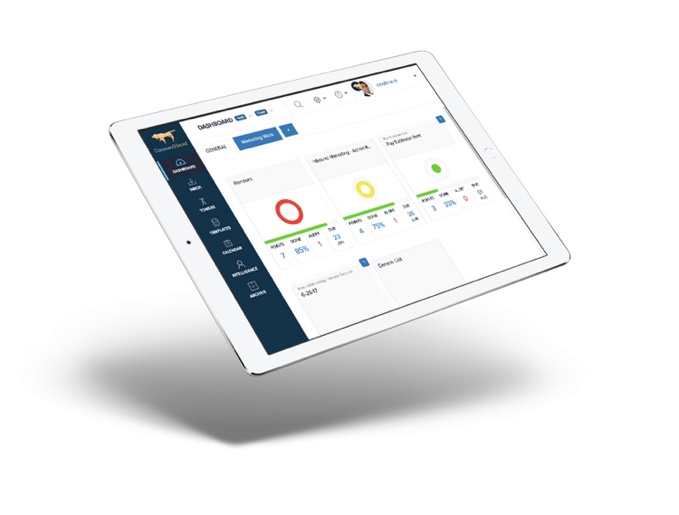5 Simple Steps to Eliminate Excessive Emails and Boost Productivity in the Workplace
Are you in a work environment that suffers from excessive email traffic? You know you are in one when you receive more than 100 emails in one day. A business can grind to a halt if an email culture of indiscriminate use is allowed to clog every channel.
 Increase Productivity By Driving Accountability and Eliminating Email Clutter
Increase Productivity By Driving Accountability and Eliminating Email Clutter
The reasons why email use balloons in an organization are varied. They range from reasons like wanting to keep everybody informed and “in-the-loop” to wanting to just CYA. A lack of understanding of organizational order and a weak culture of accountability is also a big driver. Not knowing who is in charge of what creates a lot of noise.
Fortunately, there is good way to find out if you have crossed the line into the too-much-email world. Here are some quick telltale signs:
- Emails are too long and convoluted
- Emails have a long list of cc recipients
- Emails do not have a clear actionable purpose
- Emails have too many actionable requests from too many people at once
- Emails do not have a clear audience
Prevent Productivity Collapse
So, how do you walk away from the abyss? How do we deal get back to a manageable and useful use of email? Here are 5 simple steps to help get back to being a high-performance organization (HPO) and boost productivity in the workplace.
1. Audience
Know who and why you are sending an email. Define one and only one name in the To: section so the recipient(s) know clearly who you are directing the email to. No confusion, no double-headed monsters.
 Clearly Define Who the Intended Recipient Is When Sending an Email
Clearly Define Who the Intended Recipient Is When Sending an Email
In some occasions you will be sending an email to multiple people to let them know that something was completed, or to deliver something that you were responsible for. This however should be the exception. In an HPO with a strong culture of accountability this type of “just-letting-you-know” messages should seldom be required.
2. One Request Only
Each email should have one and only one request or action. If you have a list of multiple requests, then break them into multiple one-request emails. This will eliminate confusion and allow the recipient to complete the requests a lot faster and more accurately.
Often when messages are long, complex, and have multiple requests, the recipient tends to forget some or only address the last request. This in turn requires emails to be resent and additional reminders increasing the overall email clutter.
3. No cc’s
Avoid cc’s if you can. This should be your default position for 80% of your emails. The ultimate test of whether your cc is a valid one is to ask yourself whether the cc’ed person find this email useful and/or needs to do something with the information in it.
If it is just to let them know that things are getting done or moving forward then avoid it. In an HPO with a strong culture of accountability, it is assumed that things are moving forward and people are getting done without having to send 343 emails showing everybody that we are doing our job. It should be assumed that we are.
 Unclutter Email Traffic By Driving Accountability With CommandHound
Unclutter Email Traffic By Driving Accountability With CommandHound
Using an accountability system like CommandHound to monitor, report, escalate and report on things that fall through the cracks only on an exception basis can help develop a culture of accountability in the workplace and unclutter your Inbox.
4. Empty Inbox
Taking this approach to its extreme, each email you receive should be purposely addressed to you and only you. Each email should be requesting only one, clear, easily discernible thing from which you in turn should be able to act on immediately.
 If You Open an Email Message, You Should Deal With It Right There and Then
If You Open an Email Message, You Should Deal With It Right There and Then
You can then reply with the requested action, forward it, or load a task into a task management tool like CommandHound for ongoing monitoring, and then delete the email. Maintaining an empty Inbox is a sign of an efficient email culture in the workplace.
5. Open Means Do
If you open an email, you should deal with it. You should not close it without acting on it. If the request is too complicated or something you are not in the mood to deal with at the moment, you should avoid opening it.
Next Steps
Would you like to learn more about how CommandHound can help you turn your organization into a high-performance organization (HPO) and eliminate email clutter?
